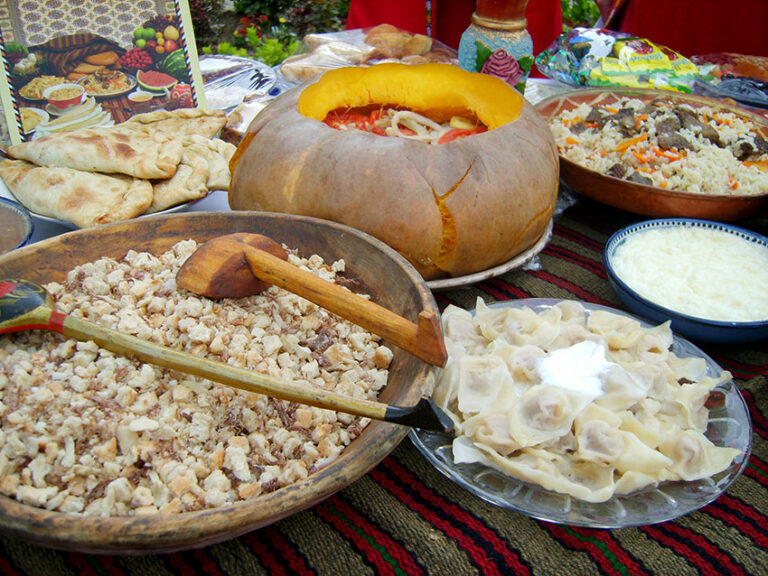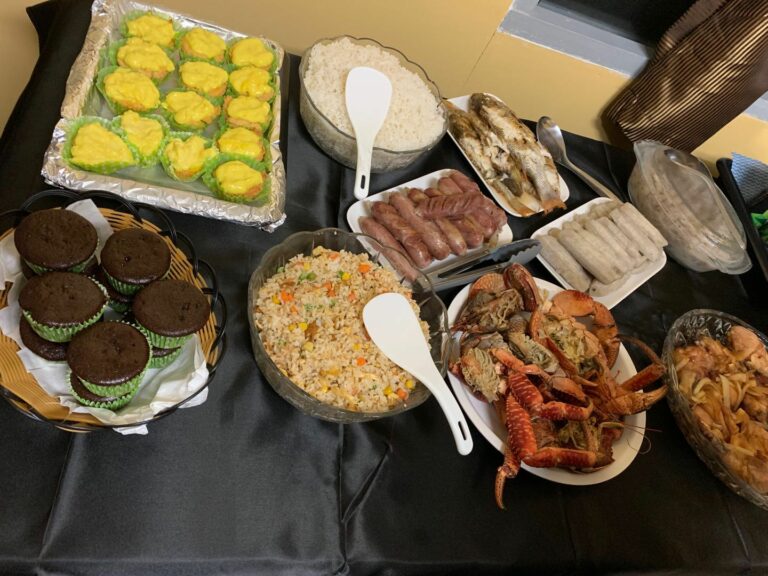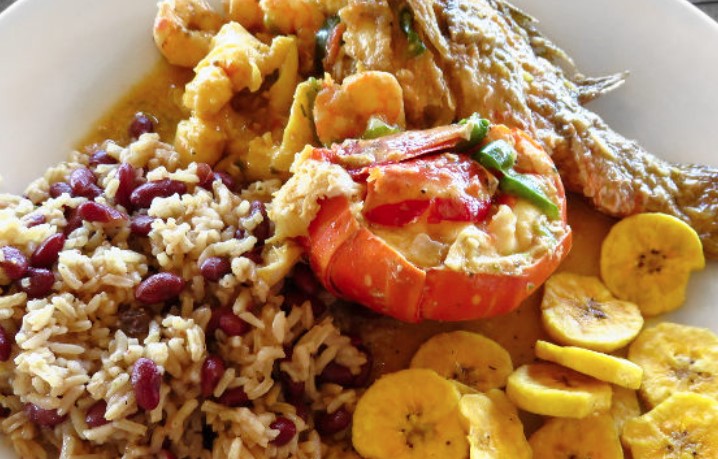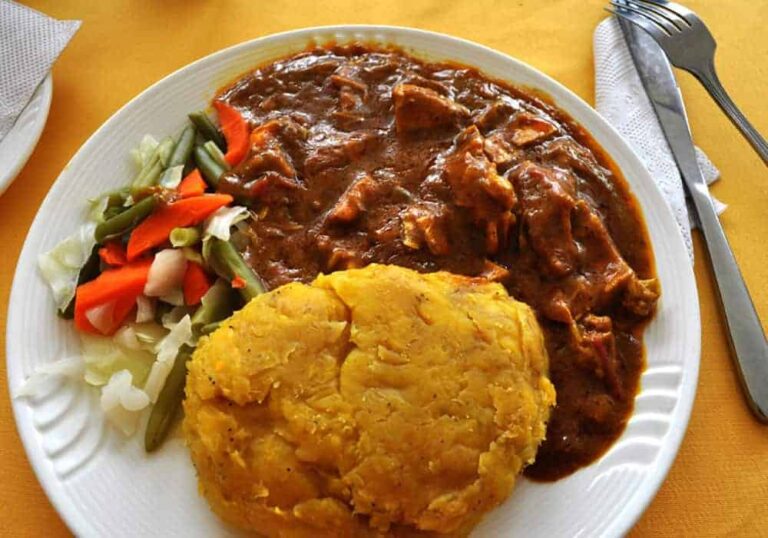Introduction: Tuvaluan cuisine and coconut
Tuvalu is a small island nation located in the Pacific Ocean, and its cuisine reflects the abundance of seafood and tropical fruits that are found on the islands. An essential ingredient in Tuvaluan cooking is the coconut, which is used in a variety of ways to add flavor and texture to dishes. The coconut palm tree is ubiquitous in Tuvalu, and almost every part of the tree is used in some way, from the leaves to the fruit to the roots.
Coconut in traditional Tuvaluan dishes
Coconut is a staple ingredient in traditional Tuvaluan dishes, such as pulaka (a type of root vegetable) with coconut cream. The coconut cream is made by grating the flesh of mature coconuts and then squeezing out the liquid. The cream is then mixed with salt and used to make a thick, rich sauce that is poured over the pulaka. Another popular dish is palusami, which is made by wrapping taro leaves around a mixture of coconut cream, onion, and corned beef, and then baking it in an underground oven.
Coconut milk and cream in Tuvaluan cooking
Coconut milk and cream are used extensively in Tuvaluan cooking, particularly in soups and stews. The milk is made by soaking grated coconut flesh in water and then squeezing out the liquid, while the cream is made by simmering the milk until it thickens and separates. Coconut milk and cream are used to add a creamy richness to dishes such as fish soup and coconut chicken curry.
Use of coconut oil in Tuvaluan cuisine
Coconut oil is a common cooking oil in Tuvalu, and it is used for frying fish and vegetables, as well as for making sauces and dressings. It is also used in traditional medicine to treat skin conditions and as a natural remedy for various ailments. The oil is extracted from the flesh of mature coconuts by pressing or boiling, and it has a distinct tropical flavor that adds depth to many dishes.
Desserts and snacks featuring coconut
Coconut is a popular ingredient in Tuvaluan desserts and snacks, such as coconut buns and coconut candy. Coconut is also used to make a sweet, sticky rice dish called puligi, which is made by cooking glutinous rice with coconut cream and sugar. Another popular dessert is faausi, which is made by boiling taro in coconut cream and sugar until it forms a thick, creamy paste.
The cultural significance of coconut in Tuvalu
Coconut plays an important role in Tuvaluan culture, from its use in traditional medicine to its inclusion in cultural ceremonies and rituals. The coconut palm tree is considered a symbol of strength and resilience, and it is featured in many Tuvaluan legends and stories. Coconut is also used in handicrafts, such as weaving and carving, and the shells are used as containers for food and drink. Overall, coconut is a fundamental component of Tuvaluan cuisine and culture, and it is deeply ingrained in the daily lives of the Tuvaluan people.










